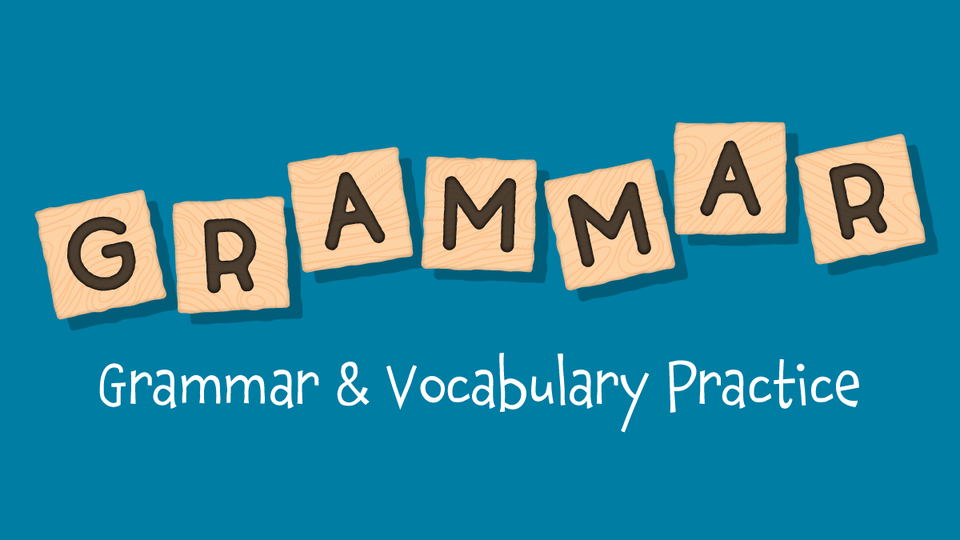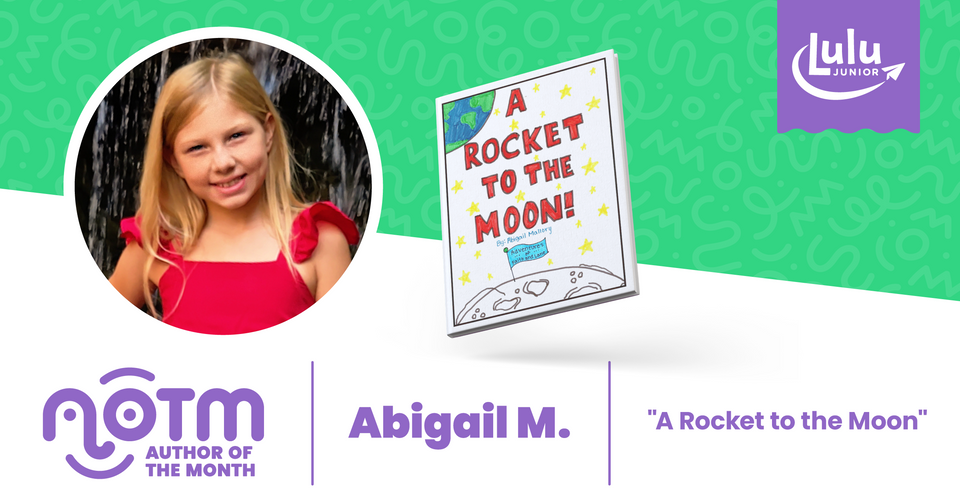
Back To School Grammar And Vocabulary Practice
As we get closer to the end of summer, you and your kids will have to start preparing for back to school. There are lots of great ways to get back into the school routine, but today we’re going to talk about something very near and dear to my heart: grammar and vocabulary.
No matter how careful we are or how thoroughly we edit, grammar mistakes will slip through. Catching all the mistakes is imposssible. But when we teach kids the basics, they have a solid foundation to correct and edit their own writing.
Understanding Grammar And Vocabulary
It’s pretty common to see Grammar and Vocabulary used together. Sometimes it may seem like the two words are interchangeable.
They’re not!
Grammar
Yeah, that’s a complicated definition. Let’s break it down into a simpler form:
The rules that define how we use words.
Maybe that’s too simple, but for teaching your kids complex ideas, the simpler they start, the better. So, if the grammar is how we use the words, what is vocabulary?
Vocabulary
Much easier to understand; vocabulary is the words we use (in this case, in American English). Vocabulary can define a subset of words too. A writer’s vocabulary might include words like draft, editing, and word counts that are used specifically by writers.
Where Vocabulary And Grammar Meet
Short answer; when we write. Grammar is always important, but less visible when we speak. For instance, say both phrases aloud:
- They’re Cheese
- Their Cheese
Spoken aloud, both phrases sound the same. But written out, we see #1 is stating that ‘they’ are cheese. While #2 is stating who owns the cheese (they do).
Grammar rules help us understand when to use vocabulary like They’re or Their (or There). Thinking about it this way, vocabulary has to come before grammar. Your kids have to understand the words they can use before they can start thinking about how to use those words.
Building Vocabulary
The easiest first step is to work on expanding your kid’s vocabulary. A simple word of the day does wonders. You can make your own list of words (which is fun, but time-consuming) or you could use one of these resources:
-
Merriam Webster: Their word of the day page offers words specifically for elementary and middle school children. Some words are challenging (one of their words from July was inveigle), but that only means both you and your child can learn new words!
- Vocabulary.com: Create your own word of the day list using one of vocabulary.com’s numerous vocab-lists. These lists sort words by categories, making it easy for you to develop your own word of the day list for your kids, centered on a theme or event.
- Take Vocabulary learning on the go with one of these awesome mobile apps. Kids can practice their words and learn to use their devices for learning.
Vocabulary Exercises
What’s the best way to practice those unfamiliar words your kids are learning? Games! Here are a couple of ideas you can easily do with materials around the house:
- Vocabulary Bingo: Make a grid on a sheet of paper. Five by five means you need 24 words (with one ‘free space’) so keep that in mind and write out a list of words. Your kids get the list and you read off definitions. They have to add the right word based on the definition to their card until someone gets bingo!
- Synonyms: For this one, you want to start with a new word and the definition. Write it at the top of a page and set a timer. Your kids have until the timer runs out to add as many synonyms as they can think of. Bonus activity; you can define the synonyms too and talk about similarities and differences.
Building Grammar Skills
Once you’ve got a regular set of vocabulary exercises going, you can work on some grammar practice, too. After your kids master the meaning of inveigle, you can work on how to use it in a sentence. For example, consider these sentences:
- “He inveigled all the club members until he had all of their cookies for himself.”
- “The inveigled cookie scheme left everyone without cookies.”
Allowing for the fact that ‘inveigle’ is a weird word, both sentences look right. But the first uses inveigle as a verb, while the second is a transitive verb. An opportunity to understand grammar!
Grammar Exercises
Activities to reinforce grammar need to be tailored to fit your child’s learning level and vocabulary. As such, it’s tough to offer specific exercises.
My favorite and simplest exercise is to dissect a sentence. Here’s an example:
- “The quick brown fox jumps over the lazy dog.”
Bonus points for your kids if they know what makes my sample sentence unique.*
Okay, we’ve got a simple sentence. Now we break it down to identify the role each word is playing:
Visually breaking down a sentence helps reinforce the grammar rules that make the sentence work. You can work with your kids to understand what verbs, nouns, and more do within a sentence. Seriously, this exercise will help your kids (and you!) think about how sentences are used and will pay dividends when it comes time for your kids to write their own stories or essays in school.
If you want some worksheets to help dissecting sentences, Education.com offers a variety of downloadable options.
Developing Writing Skills
As you and your kids prepare for the return to school, take some time every day to work on writing skills. That could include creating a book with a Lulu Junior IlluStory kit or just doing one of the exercises I mentioned in this post. Or even something totally different!
The goal is to get your kids thinking about how they write and the words they use. It can be a bit tough, particularly for younger children. But the value of a broad vocabulary and solid grammar skills will help them for their entire lives.
* The sentence “the quick brown fox jumps over the lazy dog” uses all 26 letters in the English alphabet!








